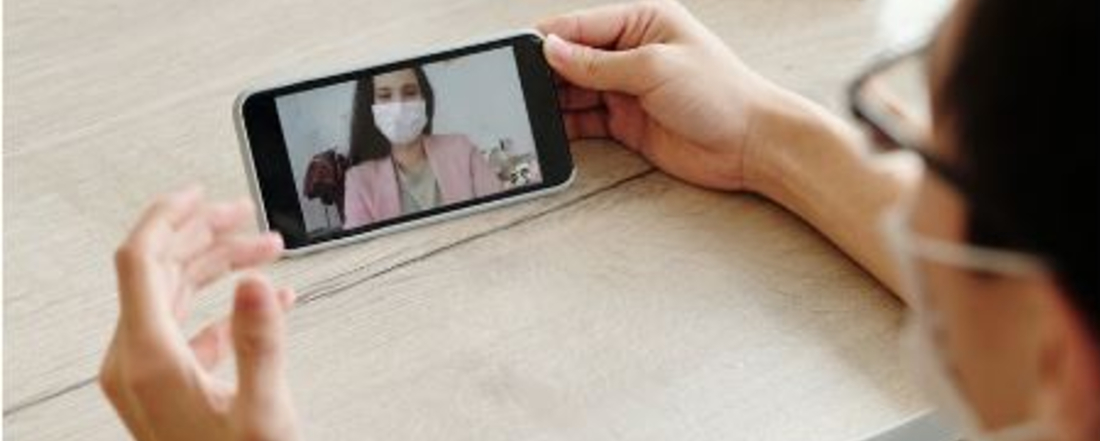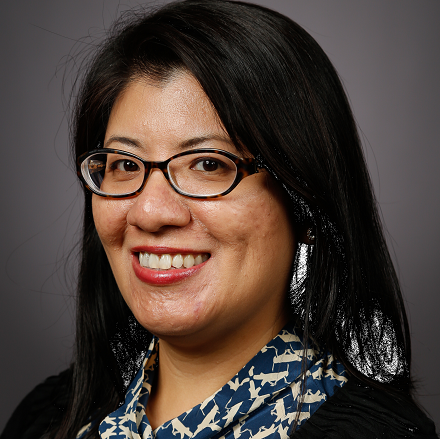
In the News
Its Future in Limbo, Limiting Telehealth in the Gulf South Could be Troublesome for Rural Areas
- WWNO New Orleans Public Radio
-
Issues
Rural Health, Technology & Telehealth -
Expertise
Public Policy Advocacy -
Programs
Center for Connected Health Policy

For patients living in rural Alabama, a trip to a specialist physician could mean driving for over an hour.
That is the case for Patrick Stults, who drives south from Haleyville to Birmingham every month for dialysis treatments and bloodwork. But in between those trips, he uses telehealth — a service that has grown exponentially in usage during the COVID-19 pandemic.
“I like it because you can see the doctor face to face and if you have any problems you can talk to them,” Stults said.
Telehealth became a necessity while many people were sheltering at home because of state lockdown laws. The nonprofit group FAIR Health, which tracks billions of private hospital bills, estimates a nearly 3,000% increase in the number of telehealth claims between Dec. 2019 and December 2020.
And while telehealth is likely to stay a part of Stults’ and many other patients’ lives in the Gulf South, laws that have made it more available could go away post-pandemic. That could leave the region’s more rural areas hurting the most due to access barriers and disparities.
Expanding Coverage For Telehealth
Before last year, it was difficult for hospitals and clinics to bill insurance for a telehealth visit. Typically, doctors could not be reimbursed by insurance for phone call visits the same way as an in-person one, or there was no reimbursement at all.
But during the COVID-19 pandemic, many policies changed to allow those charges and people could be taken care of while they were staying at home. Some states, like Mississippi even broadened what types of telehealth could be covered by Medicaid.

You probably have folks who maybe weren’t seeking out mental health services before, but are now looking for it.Mei Kwong, executive director at the Center for Connected Health Policy
While telehealth utilization has dropped from the highs it saw at the beginning of the pandemic, its usage is still higher than it was pre-pandemic, Kwong said, thanks to the more flexible policies put in place.
Click below to read the full story from WWNO.
Originally published by WWNO New Orleans Public Radio
More Updates
Work With Us
You change the world. We do the rest. Explore fiscal sponsorship at PHI.
Support Us
Together, we can accelerate our response to public health’s most critical issues.
Find Employment
Begin your career at the Public Health Institute.



